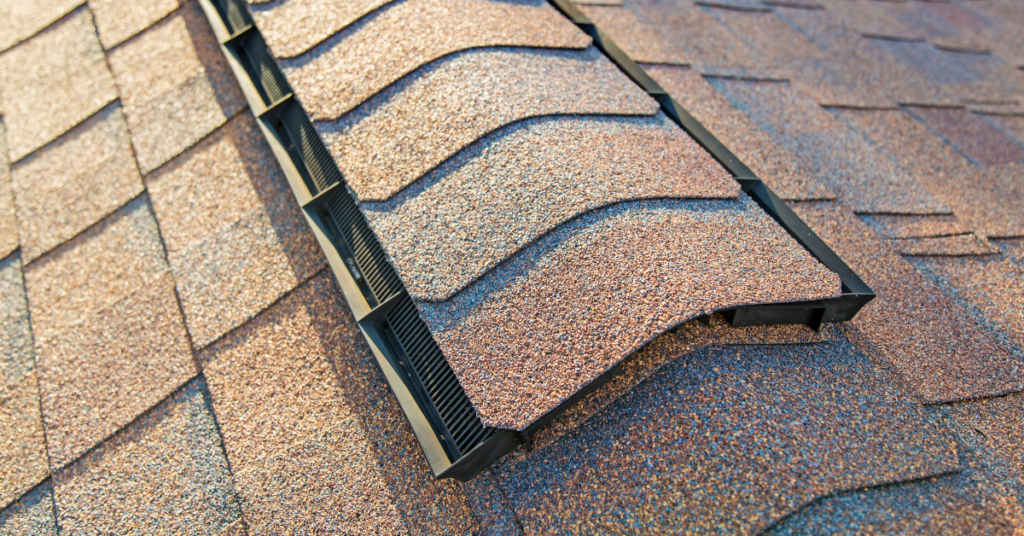The Role of Proper Roof Ventilation in Preventing Moisture and Mold in the Willamette Valley

The Willamette Valley is known for its wet and humid climate, which can create challenges for homeowners. One common issue is moisture buildup in attics and roofing systems, which can lead to mold growth and structural problems. Proper roof ventilation plays an important role in preventing these issues and extending the life of your roof.
Why Roof Ventilation Is Important
Roof ventilation allows air to circulate through the attic, balancing indoor and outdoor air temperatures and reducing moisture. Without proper ventilation, heat and humidity can build up, which can cause:
- Mold and mildew growth in the attic.
- Structural damage from trapped moisture.
- Premature wear and tear on roofing materials.
Effective roof ventilation helps maintain a healthy roof and can save homeowners from costly repairs.
Moisture and Mold Problems in the Willamette Valley
The rainy seasons in the Willamette Valley create an environment where moisture problems are common. Condensation can form on the underside of the roof, especially in poorly ventilated attics. This moisture can soak into insulation, wood beams, and other materials, creating the conditions for mold to grow. Mold is not just a structural issue—it can also affect air quality inside the home.
Benefits of Proper Roof Ventilation
A properly ventilated roof provides several key benefits:
- Prevents Mold and Mildew: Proper airflow helps dry out moisture before it becomes a problem.
- Extends Roof Life: Ventilation reduces the risk of damage caused by trapped heat and moisture.
- Improves Energy Efficiency: A well-ventilated attic can help maintain stable indoor temperatures, which reduces heating and cooling costs.
- Protects Structural Integrity: Ventilation prevents moisture buildup that can weaken wood and other materials.
Signs Your Roof May Need Better Ventilation
Here are some signs that your roof ventilation may need attention:
- Visible mold or mildew in the attic.
- Condensation on windows or ceilings inside the home.
- Ice dams during winter months.
- A hot, stuffy attic in the summer.
- Higher-than-normal energy bills.
If you notice any of these issues, it may be time to inspect your ventilation system.
How to Improve Roof Ventilation
Improving roof ventilation is essential for maintaining a healthy home. Homeowners can take several steps:
- Inspect Attic Vents: Check soffit, ridge, or gable vents for blockages like dust or insulation.
- Add Ventilation Features: If airflow is insufficient, additional vents or a ridge vent may be needed.
- Check Insulation: Ensure insulation is not blocking airflow around the vents.
- Schedule a Professional Inspection: Professional roofers can assess ventilation systems and recommend solutions.
At Stutzman & Kropf, we specialize in evaluating and improving roof ventilation for homes in the Willamette Valley.
Keep Your Roof and Home in Good Shape
Proper roof ventilation is a critical part of home maintenance. It prevents moisture buildup, reduces the risk of mold, and extends the life of the roof. If you suspect your roof ventilation may not be adequate, contact Stutzman & Kropf to schedule an inspection. We can help you identify and address any issues to keep your roof in good shape and your home protected.
#
This article was originally published on StutzmanandKropf.com. For all of your Oregon roofing needs, give us a call today.
